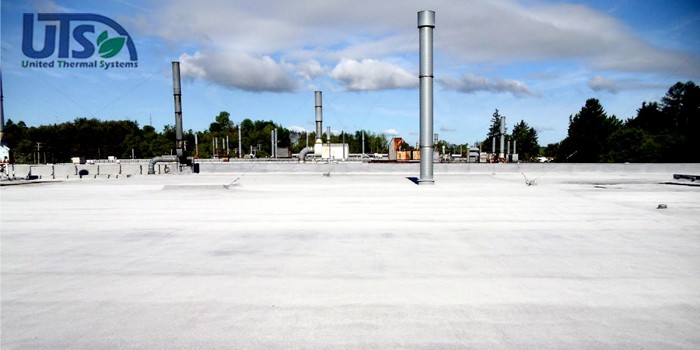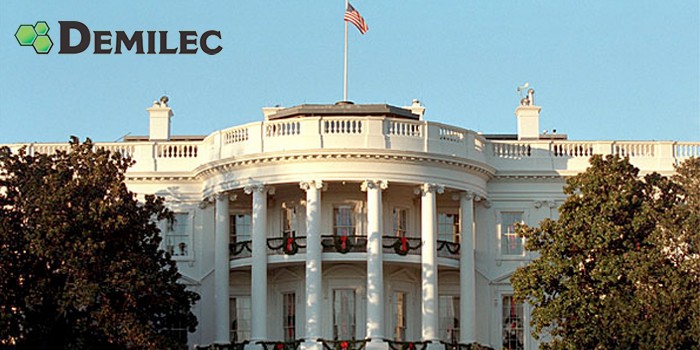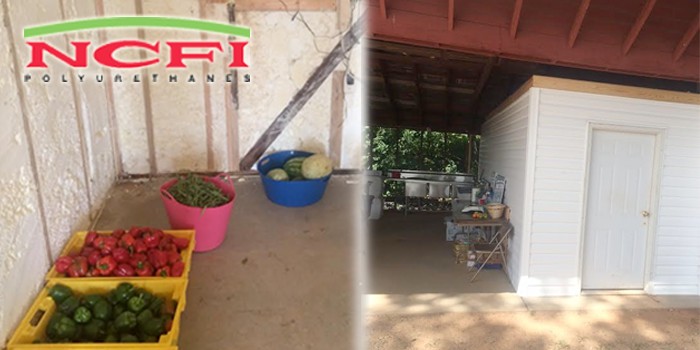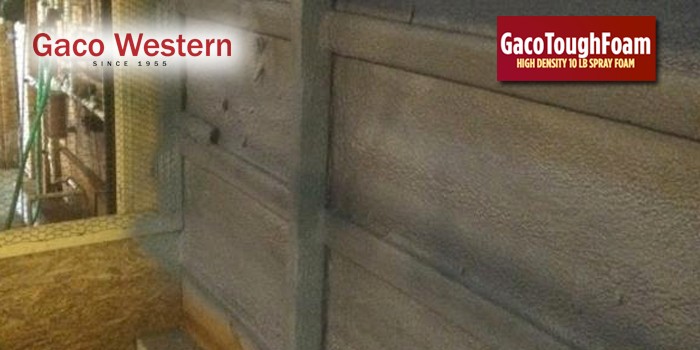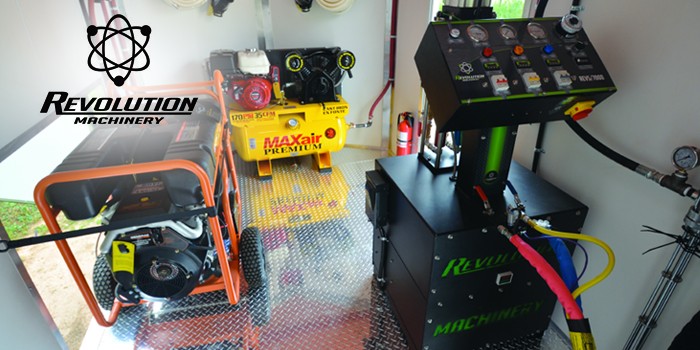Homepath Game changer
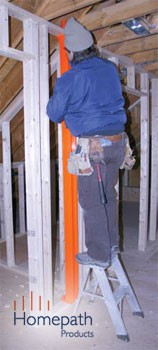
The tipping point for widespread adoption of fiber to the home (FTTH) lies just beyond the demarcation point. In most installations of FTTH, the broadband service provider will agree to bring service to the side of the dwelling unit. After that, how the service gets to the resident’s devices is someone else’s concern – usually the developer’s or the homeowner’s. Unless we rethink how developers and homeowners run cabling to these devices, FTTH faces consumer resistance because of added installation costs and aesthetic compromise, which will limit its adoption.
While developers and building owners are right to focus on eliminating the bandwidth bottleneck in the first mile, they need to pay more attention to internal wiring, which is arguably the most critical element of the network for the residents themselves. Building in cabling upgrade pathways when dwellings are constructed or renovated can yield significant benefits to developers, residents, homeowners and FTTH initiatives generally.
Rethinking Residential Cabling
Few people buy consumer electronics thinking that they are making a permanent decision or that the device will never be replaced. However, homes are still built with the notion that the lowvoltage wiring serving these devices will be permanent. Builders and architects,bury wires permanently in walls. Indeed, many developers install today’s wiring everywhere they think it may be desired, even if there is no need for it at the time of construction.
With the expansion of more and faster and better devices in home-based electronics, cabling specifications have changed and will continue to change. Bandwidth-intensive content, richer data services and an “Internet of Things” will drive demand for bandwidth and further burden obsolescent infrastructure.
Gone are the days when a developer or homeowner could install low-voltage cabling and reasonably expect that it would support the homeowner’s needs in perpetuity. Standards such as TIA/ EIA 570, which provide guidance for designing residential low-voltage wiring, do an admirable job of describing the types of cables, terminations, outlets and placement to support known technologies. However, they do not anticipate what may be coming next and cannot reasonably be expected to keep up with how quickly consumer electronics technology evolves.
Two major obstacles for a resident or homeowner in adopting new broadband services are costs and aesthetics. Retro-fitting a dwelling to accommodate the wiring that will bring new broadband service is likely to be destructive and expensive. It is also likely to be repeated if the solution does not accommodate future changes.
The problem was stated clearly by the forward-thinking architect and sustainability champion Sarah Susanka in her 2001 book “The Not So Big House”: “Given how rapidly technological change is occurring, it is crucial that we figure out a way to accommodate change without having to tear out and throw away substantial portions of the house in the process....The house of the future will be designed so that unpredictable, changing technology can be integrated into the building without affecting the aesthetics.” If they do not accommodate changes in cabling technology, developers doom residents and owners to a cycle of dissatisfaction through added costs and undesirable aesthetic changes.
We think that a better solution is to preinstall cabling pathways while a dwelling is being framed and the walls are open. Doing so enables owners to capture nearly all of the future cabling upgrade installation costs at the time of construction or renovation. In this way, the end user can make simple and cost-effective location changes for new computers, multimedia and networking equipment without the expense and disruption of invading walls to pull new cables. Homes that flexibly allow quick and easy wiring changes are likely to be more attractive, and retain value better, than homes that do not.
Solving the Challenge of Obsolescence
Homepath Products has developed a method and means for preinstalling cabling pathways that solves challenges of obsolescence for the building owner and resident alike. Our eXapath system integrates seamlessly within wall framing, remains hidden once expensive wall treatments are in place, and provides an easily accessible pathway so that building owners and residents can add, move or upgrade the cabling needed to support their changing desires. The design of eXapath allows the installation of media outlets before or after drywalling, and at any point along its axis from floor to ceiling.
Having a system like this in place provides the flexibility that residents desire and reduces the disruption and expense of recabling. On a per-drop basis, the initial cost of cabling a single Cat 5e drop during rough-in is estimated to be $125. The same drop, if installed after rough-in or as an upgrade, increases to roughly $500 because of the time and expense of blindly drilling, fishing through frame and insulation, destruction of large sections of wall treatments, termination and repair.
Extrapolating these estimates to a modest home with multiple drops of various cables in each room, it’s not uncommon to invest in excess of $10,000 on an installation of Cat 5e, coaxial, telephone, audio and home theater with permanently installed cables and prepositioned outlets. In practice, only some of this cabling infrastructure is used immediately while much remains unused and at risk of obsolescence prior to use.
A complementary and cost-effective alternative to traditional practice is to install cabling only where needs are known and to provide in-wall access for replacing cables as well as hidden in-wall, floor-to-ceiling access in locations where future needs may arise.
Adopting the eXapath approach benefits the building owner and resident in several ways beyond providing flexibility and insurance against technological change. The initial cost of an eXapath installation can largely be offset by reducing the quantity of initially unused low-voltage cables. This in turn reduces the number of underutilized outlets on walls that diminish the aesthetics of the living space and limit residents’ decorating choices. In addition, sustainability is improved through reduced consumption of scarce resources during construction. We are not suggesting that we ignore immediate cabling needs, but rather that we carefully review what is needed and provide it while preparing the property for upgrades over time.
It is now possible to capture at the time of construction nearly all of the installation costs of future cable upgrades and to minimize the aesthetic impact of those changes. Property owners who follow this strategy eliminate a major obstacle for the adoption of new broadband services, make their properties inherently more useful to the inhabitants and increase satisfaction for end users.
Disqus website name not provided.




